Particle analysis
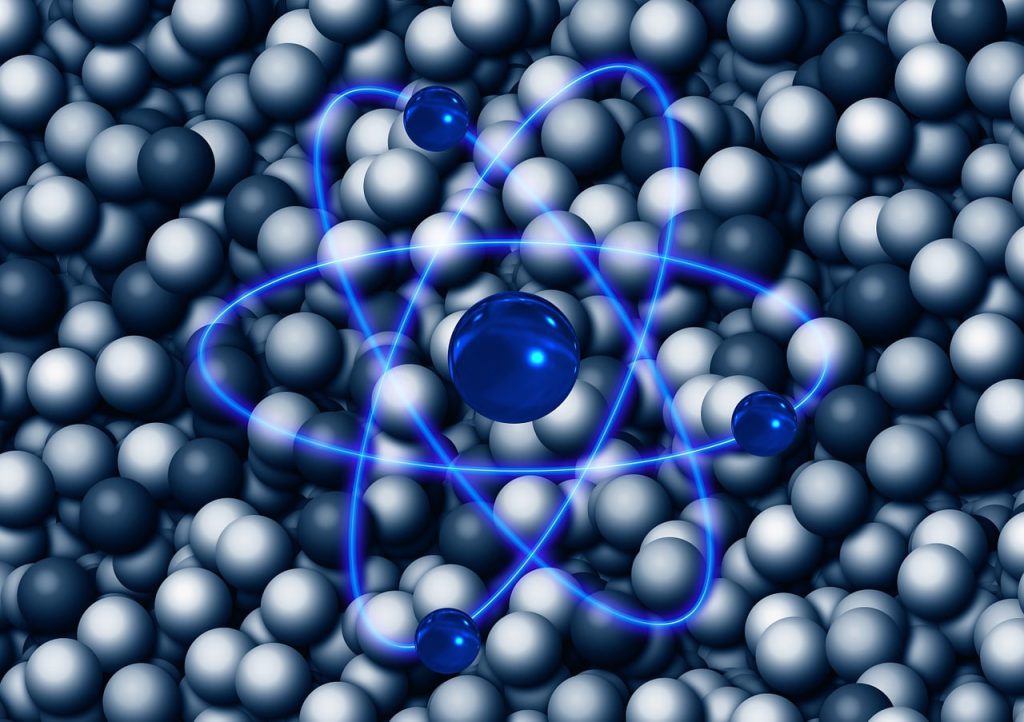
Researchers aiming at analyzing suspended particle size distribution will typically gravitate to one of four methods: Sieve analysis – this is the most traditional, and still most common method to assess particle size. The sieve stack is actually several sieves stacked on top of each other, each with a larger aperture than the previous one, […]
Flocculation

What exactly is flocculation? Simply put it is an aggregation process in which many small particles coalesce into a small number large flocs – hence flocculation. It is a process that occurs naturally in nature (for example, snowflake formation) but it can also be deliberately engineered for various purposes, typically as part as a biotechnology, […]
Pharmacokinetics

Pharmacokinetics is a field of research dealing with the process of drug absorption, distribution, metabolism and excretion. Biomedical researchers seek to apply pharmacokinetic principles to optimize drug delivery and safety to patient populations and individual patients. The aim is to enhance the efficacy of the drug therapy while decreasing its toxicity. By defining correlations between […]
Infrared camera
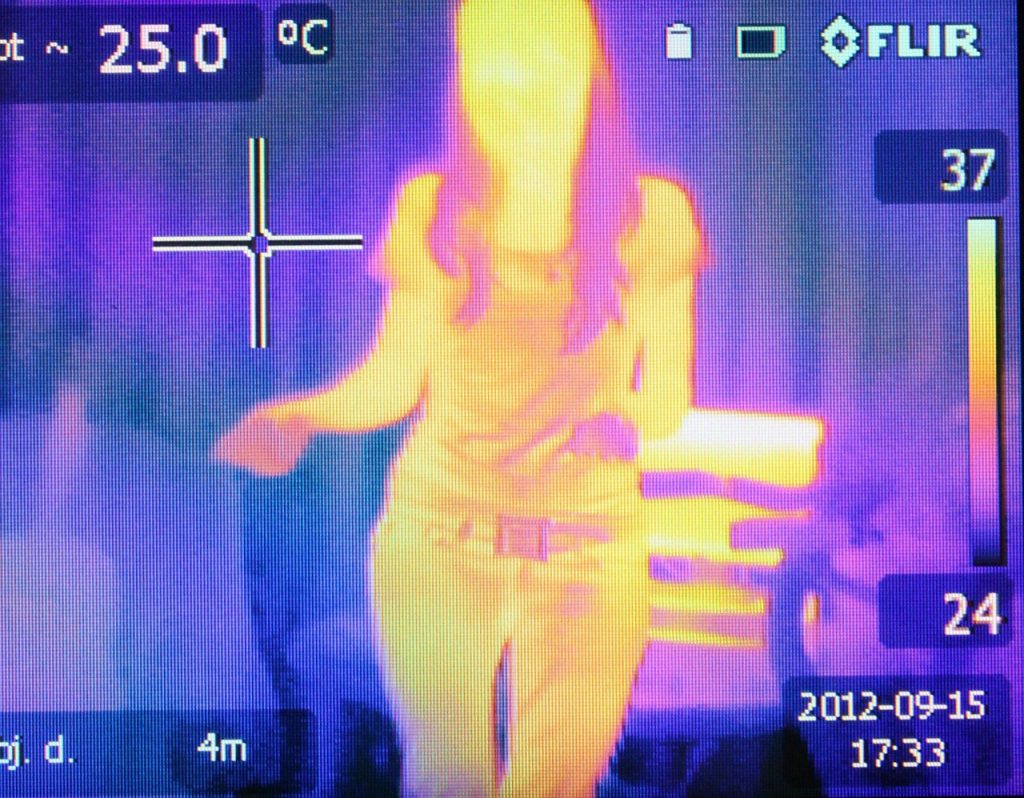
Infrared thermal (IRT) imaging has been used in medicine since 1956 to monitor of skin surface temperature distribution. Its usefulness in vascular, neurological and other pathological situations has been validated. Its advantages are in its non-invasiveness and non-ionizing nature. What is Infrared camera? Skin temperature assessment provide valuable data on the autonomic nervous system, peripheral […]
InGaAs Camera: Bridging the Visible and Infrared Spectrum

InGaAs cameras have rewritten the code in imaging by opening up avenues in ways never imagined in the SWIR spectrum. These cameras, operating principally in the range of 900 nm to 1700 nm and at times surpassing 2500 nm, solve problems that ordinary systems-silicon-based CMOS or CCD sensors-are unable to do. In many instances, their […]
High resolution CT
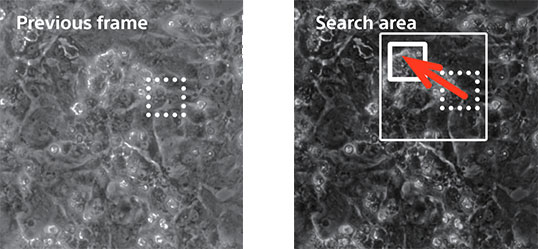
High resolution computed tomography is a technique used to image various types of lung pathology. A very narrow beam collimation is applied to the tissue to capture thin slice images of the lung parenchyma. X-rays are essentially used to see within the tissue and create a 3-D image of it, slice by thin slice, just […]
Tumor imaging
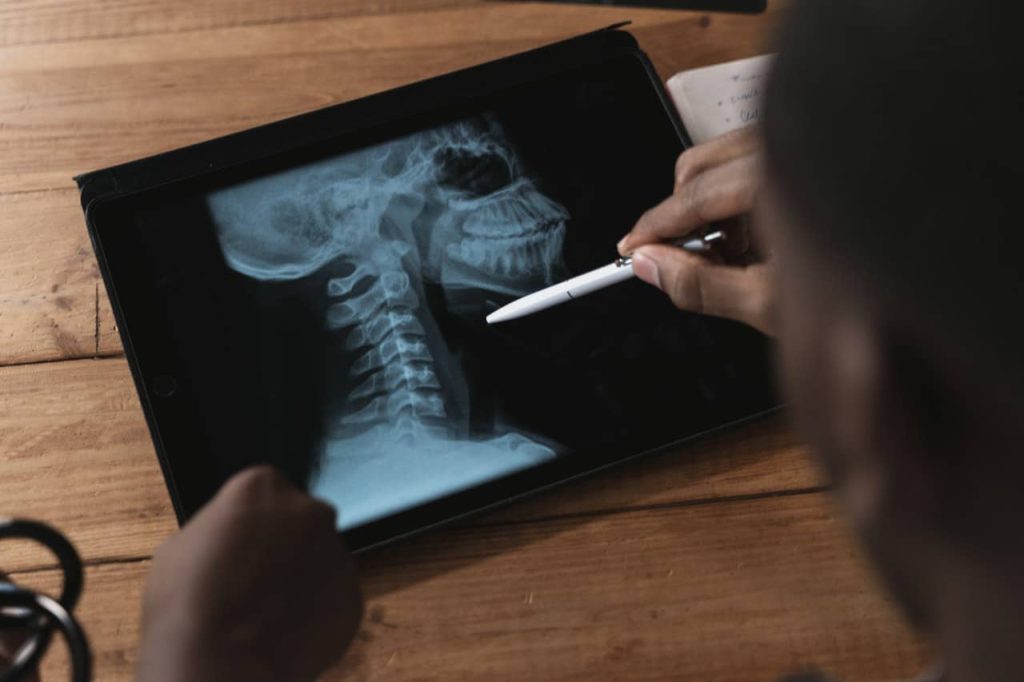
Tumor imaging plays an essential role in the design and delivery of radiotherapy. Roughly 40% of cancer cures are achieved via radiotherapy, either alone or together with chemotherapy or surgery. Radiotherapy is also highly effective for palliation and for symptom control in patients with advanced stage or recurrent cancer. However, radiotherapy also inflicts considerable hardship […]
Imagestream

Past generations of cell biology researchers knew that you couldn't have it all: you could either enjoy the unique capabilities of cell sorting to identify and sort out specific cell subpopulations at high speed and sensitivity, or you could content yourself with the detailed imagery and functional insights offered by two photon microscopy. But both […]
Nanoparticle Tracking Analysis
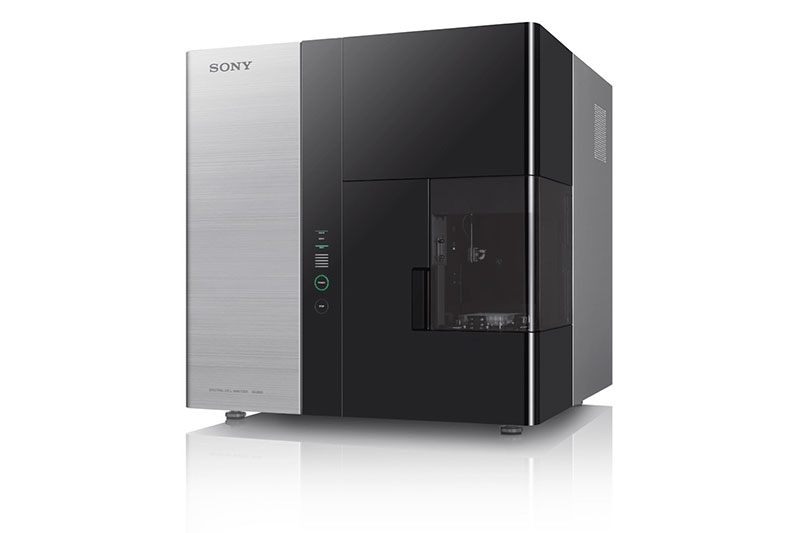
NTA (nanoparticle tracking analysis) is a method of obtaining the size and distribution of nanoparticles suspended in liquid samples. It relies on a combination of light scattering measurement and Brownian motion analysis. Nanoparticle Tracking Analysis: How does it work? You load your sample into the chamber. A special excitation laser is directed at the chamber, […]
Dynamic Light Scattering
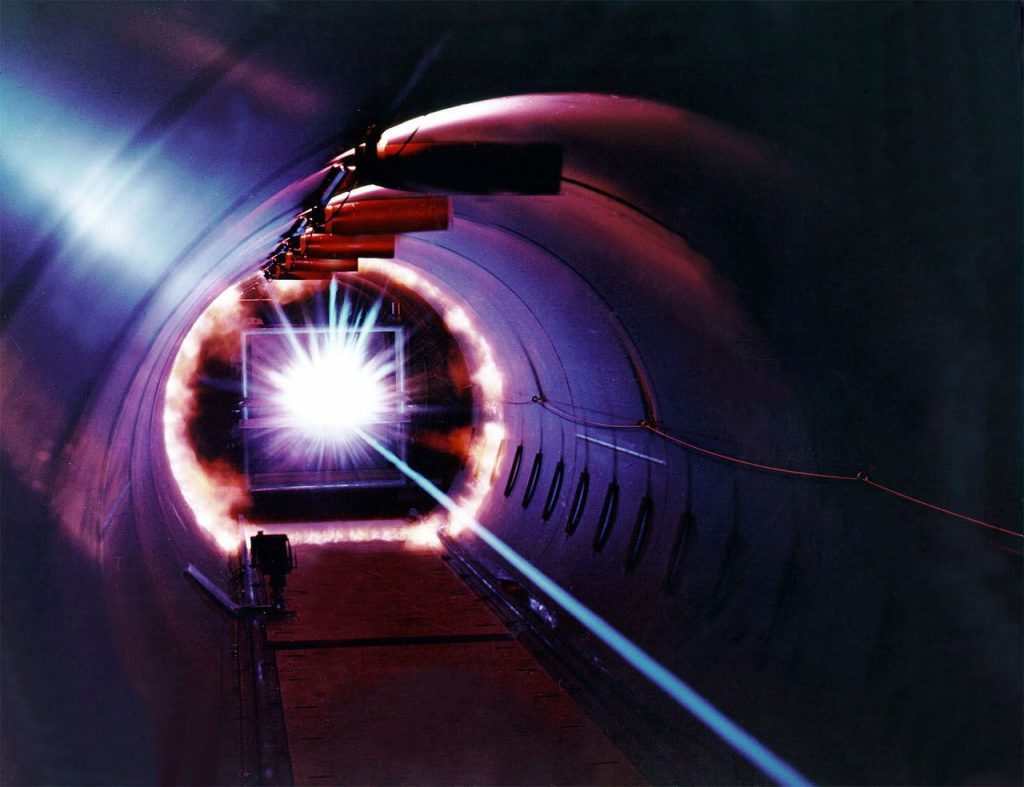
Is Your Lab Still Struggling with Unreliable Particle Analysis? Let's be honest – nano-particle characterization can be a massive headache. Inconsistent readings, wasted samples, and that sinking feeling when you realize you'll need to run everything again... we've all been there. What Actually Makes DLS Worth Your Time Dynamic Light Scattering (DLS) isn't new technology, […]
